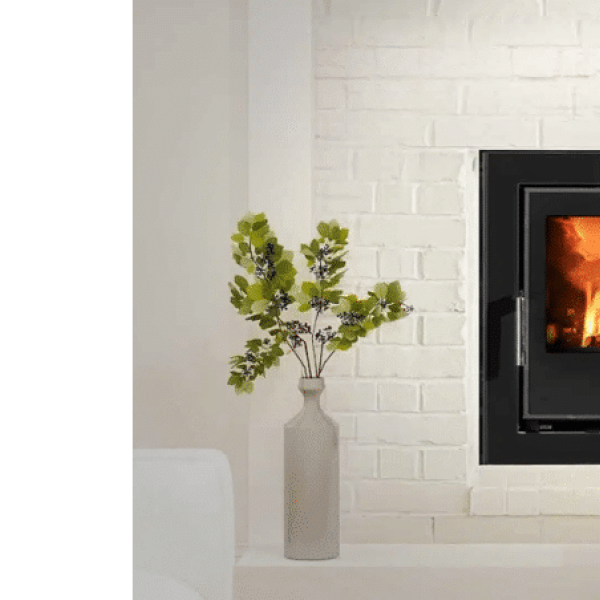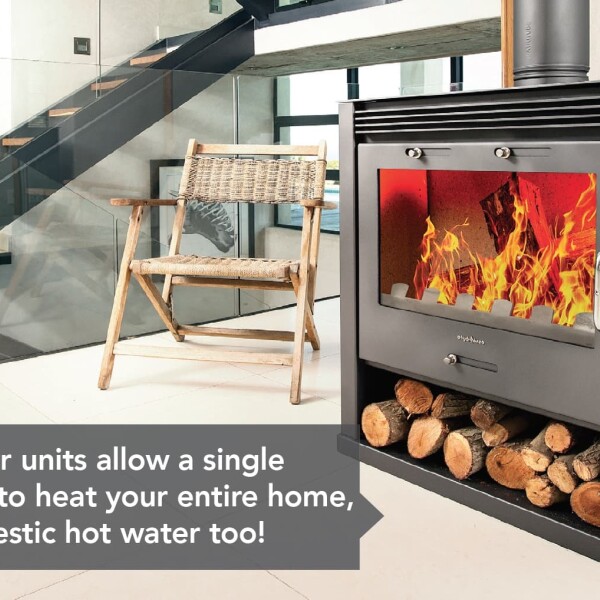Traditional vs Ultra-Dense Underfloor Heating Systems: What South African Homeowners Need to Know
South African winters may be short, but they can be surprisingly bitter—especially in homes not designed for cold weather. One of the most efficient and comfortable solutions for modern heating is underfloor heating. As more homeowners explore this upgrade, a crucial question arises: What’s the difference between traditional vs ultra-dense underfloor heating systems?
In this detailed guide, we’ll explore the ins and outs of both systems, helping you determine which one best suits your home, lifestyle, and energy needs. Whether you're retrofitting or starting from scratch, Hydrofire—a trusted leader in energy-efficient home solutions—has the expertise and technology to keep your home warm, stylish, and efficient.

Understanding the Basics of Underfloor Heating
What Is Underfloor Heating?
Underfloor heating systems work by distributing heat evenly across your floor surface, creating a gentle, radiant warmth that rises naturally. Unlike traditional heating methods that blast hot air from a single source, underfloor systems maintain consistent room temperatures and eliminate cold spots. This even heat distribution helps create a cozy, welcoming environment in every corner of your home.
Two Main Types: Traditional vs Ultra-Dense
- Traditional Underfloor Heating typically uses widely spaced heating cables or water pipes embedded in screed (cement floor layer). These systems are often chosen for larger areas where gentle, long-lasting heat is sufficient.
- Ultra-Dense Underfloor Heating features tightly packed cables or pipes with closer spacing, allowing for more precise heat control and faster warming times. This setup is ideal for rooms where immediate warmth is desirable or where insulation may be minimal.
Hydrofire offers both systems and can help you determine which setup is best based on your home size, flooring type, and heating expectations.
Key Differences Between Traditional and Ultra-Dense Systems
Heat Distribution and Warm-Up Time
Traditional systems operate on the principle of thermal mass. Once the screed layer is heated, it radiates heat evenly for an extended period. However, it takes more time to reach the desired temperature. In contrast, ultra-dense systems heat faster due to tighter spacing and require less energy to maintain room comfort levels, making them ideal for responsive temperature control.
Installation Depth
A major factor to consider is floor buildup. Traditional systems generally require a deeper installation due to the wider spacing and thicker screed. This can be a constraint in renovations where floor height is limited. Ultra-dense systems can often be installed with thinner screeds, which helps maintain ceiling heights and minimize impact on existing architectural elements.
Efficiency and Energy Use
While both systems are energy efficient compared to convection heating, ultra-dense setups are typically more efficient in dynamic-use scenarios—where rooms are heated on-demand. Hydrofire supports these systems with smart thermostats and programmable zones, enhancing energy conservation.
Cost and Complexity
Traditional underfloor heating is typically less expensive to install, especially in new builds where screed depth and layout can be planned accordingly. Ultra-dense systems may require a higher initial investment but deliver better performance in rooms that require fast heat-up times. Hydrofire provides transparent quotes and tailored installation plans, so you know exactly what to expect.
Which Flooring Works Best?
Hydrofire’s underfloor systems are compatible with a broad range of flooring materials, and choosing the right one enhances system performance:
- Tile and Stone: These materials have excellent thermal conductivity, making them ideal for both traditional and ultra-dense systems. They warm up quickly and retain heat for long periods.
- Laminate and Wood: These floors benefit greatly from ultra-dense systems that reduce warm-up times and operate at lower surface temperatures. Hydrofire ensures compatibility by using appropriate insulation layers to protect flooring integrity.
- Vinyl and Carpet: While possible, these require careful planning. Heat must be diffused properly to avoid damage or discomfort. Hydrofire's technicians advise on suitable overlays and temperatures for safe use.
Each installation by Hydrofire includes a floor assessment and recommendation to guarantee optimal results and durability.
Ideal Applications in South African Homes
Traditional Underfloor Heating
This system is well-suited for homes with large, open-plan spaces such as lounges, dining areas, and kitchens. It provides a continuous, background warmth that’s ideal for slow heating over longer durations. New construction projects benefit from traditional systems due to flexibility in floor design.
Ultra-Dense Underfloor Heating
Perfect for targeted comfort in specific rooms—think bedrooms, bathrooms, and offices—especially where quick response to temperature changes is important. It’s also beneficial in older homes where insulation may not be optimal. Homeowners using inverter systems or solar power will appreciate the reduced runtime and efficient cycling of ultra-dense systems.
Hydrofire tailors every installation to suit room-specific needs, ensuring energy savings and maximum comfort.
Energy Efficiency and Running Costs
Reducing household energy bills is a key concern for many South Africans. Underfloor heating helps by evenly distributing warmth, thus lowering the need for high-output heating sources like fan heaters or gas units.
- Traditional Systems: These excel in maintaining a base temperature throughout the day, especially when paired with off-peak energy tariffs.
- Ultra-Dense Systems: Ideal for energy-conscious users who prefer to heat rooms quickly and intermittently. The ability to reach set temperatures fast means shorter runtimes and significant electricity savings.
Hydrofire’s control systems allow scheduling based on your lifestyle—reducing energy use during periods of low occupancy while keeping essential zones warm and ready.

Health and Comfort Benefits
Radiant floor heating is more than just cozy—it’s also healthier. Traditional forced-air heaters can circulate dust, allergens, and dry air throughout the home.
Hydrofire underfloor systems, both traditional and ultra-dense, offer:
- Allergen-free warmth
- Quiet operation
- Reduced humidity fluctuations
- Consistent floor-to-ceiling temperature
Ultra-dense systems offer faster comfort, particularly important for families with young children or elderly members who are more sensitive to cold. Hydrofire ensures that every system is installed with wellness in mind.
Smart Control Integration
Both traditional and ultra-dense systems from Hydrofire are compatible with modern smart home setups. This means:
- Adjusting temperatures remotely via app
- Scheduling heat-ups before waking or arriving home
- Setting different temperatures for various zones (e.g., bedrooms cooler than living rooms)
Hydrofire’s smart thermostats also provide energy reports and usage data, empowering you to refine your heating strategy based on real-world data. Whether you're tech-savvy or just want convenience, Hydrofire integrates comfort with intelligence.
Choosing the Right System for You
Making the right choice depends on:
- Your home layout and size
- Preferred flooring types
- Budget and long-term energy goals
- Room-by-room usage patterns
Hydrofire’s consultation process includes a detailed assessment of your home, from insulation levels to lifestyle habits. They’ll advise whether a hybrid solution—using traditional heating in common spaces and ultra-dense in private areas—might be the best approach.
Their team supports you from design and layout through to final installation and post-installation support, ensuring your system meets expectations.
The Right Warmth Starts from the Ground Up
Whether you lean toward a traditional underfloor heating system or opt for the performance of ultra-dense underfloor heating, both offer exceptional comfort, energy efficiency, and long-term value—especially when installed by a trusted provider like Hydrofire.
Hydrofire combines engineering excellence with stylish, energy-smart solutions tailored for South African homes. No matter your budget or home type, Hydrofire ensures a custom fit that keeps you warm where it matters most.
Hydrofire: Bringing warmth beneath your feet, the intelligent way.

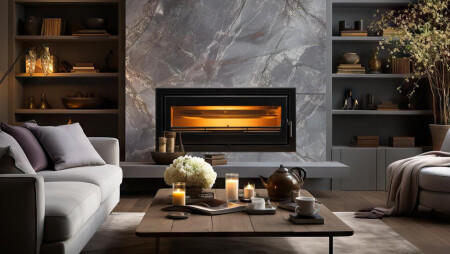
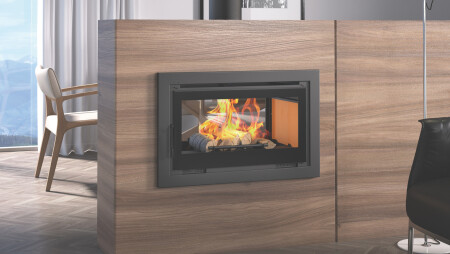
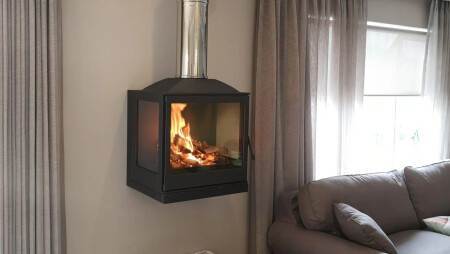
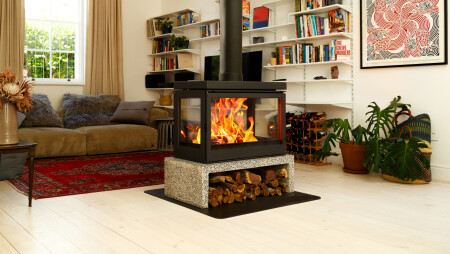

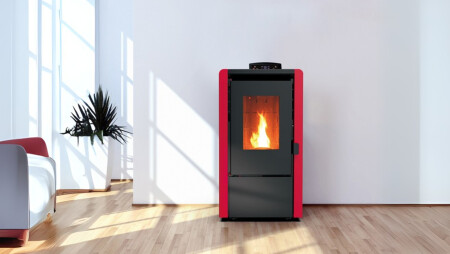

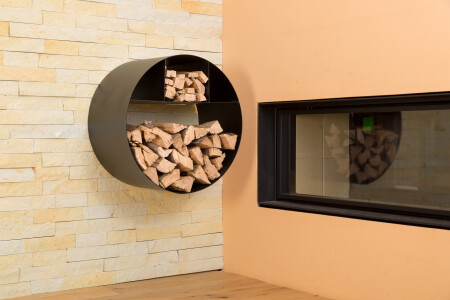


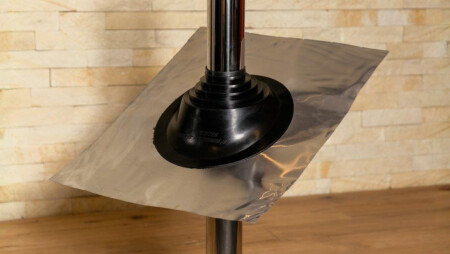
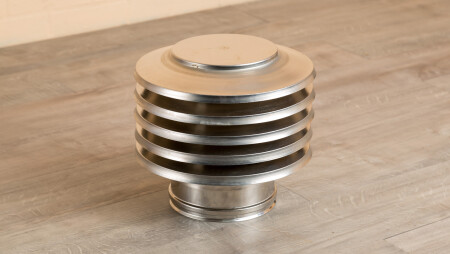
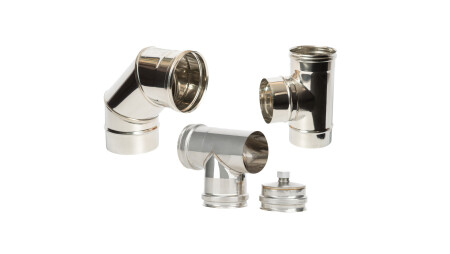


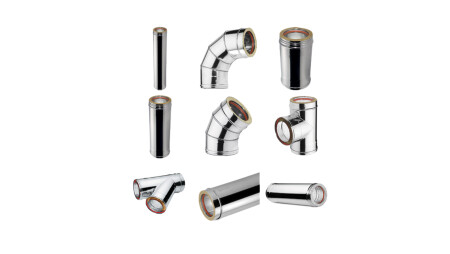
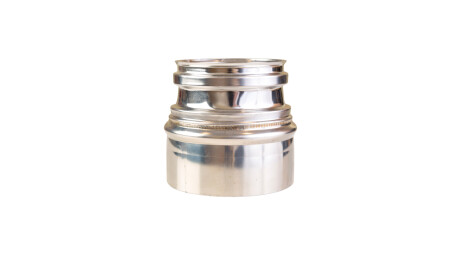
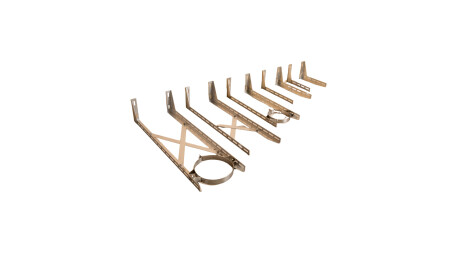

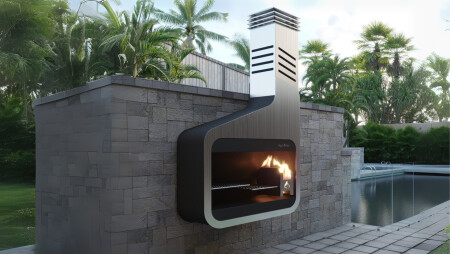
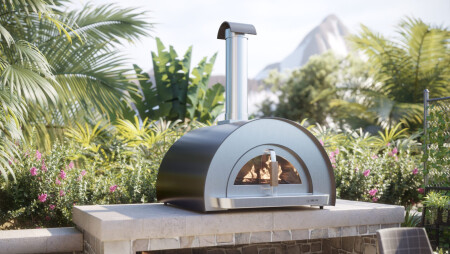
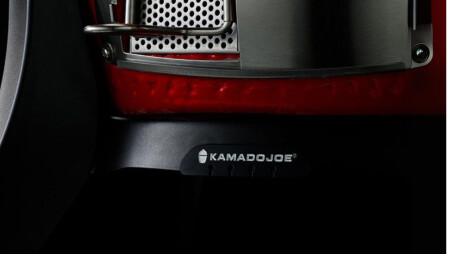
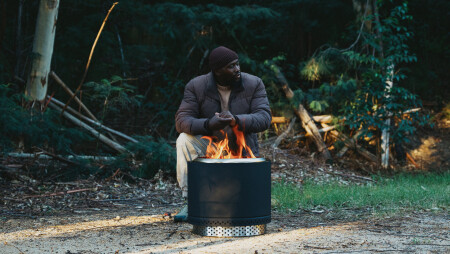
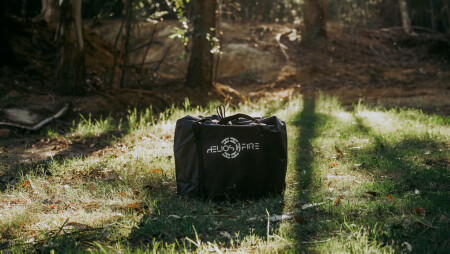

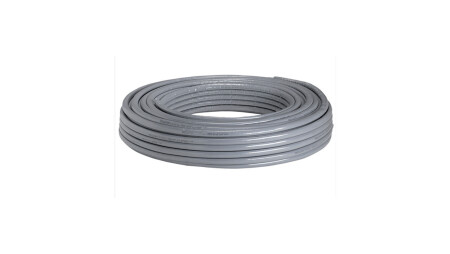

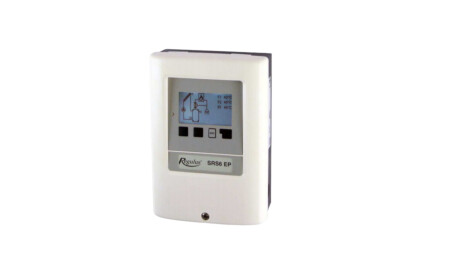
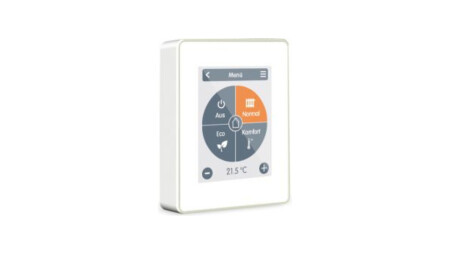


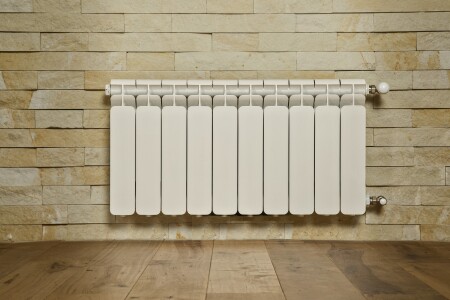
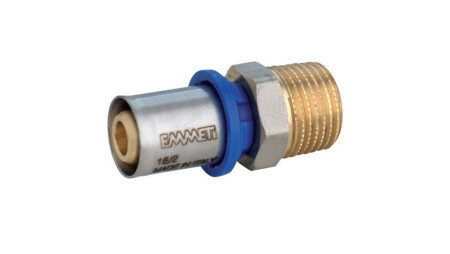

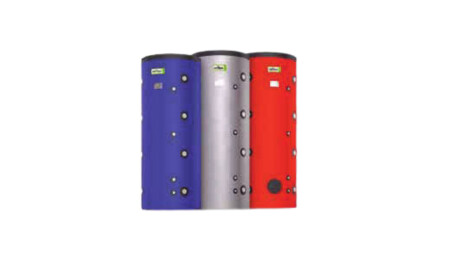
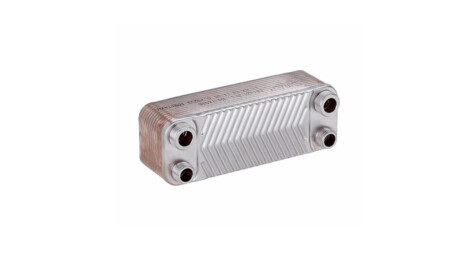
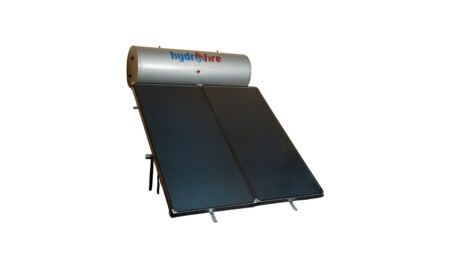
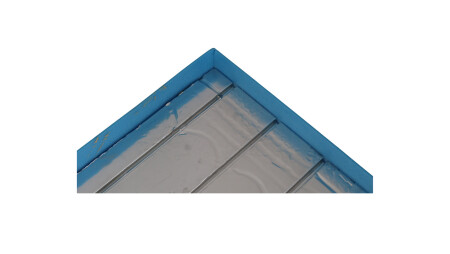
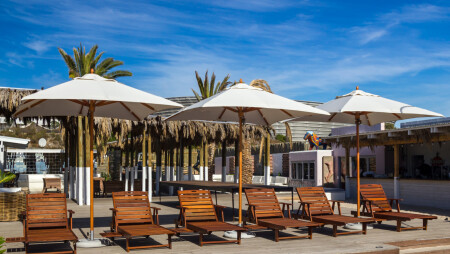
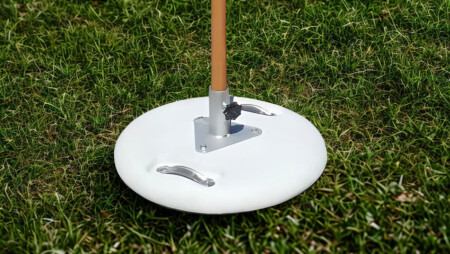
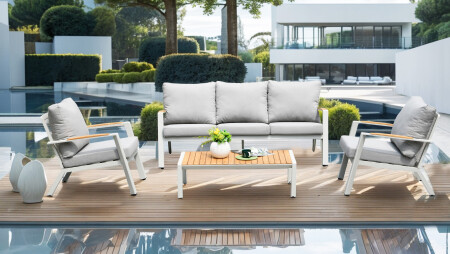
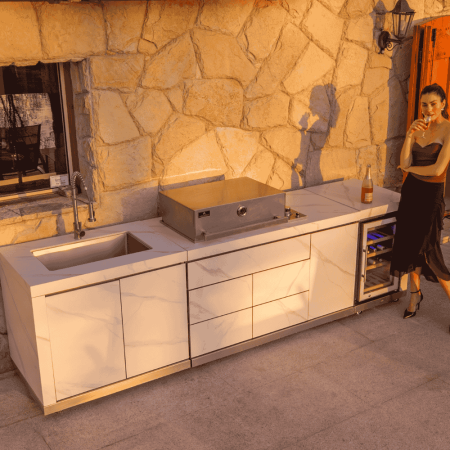
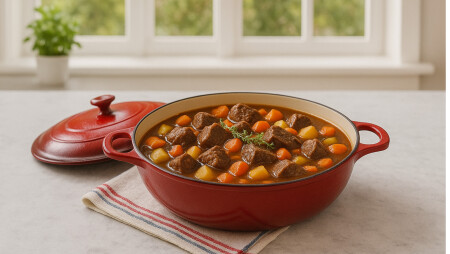




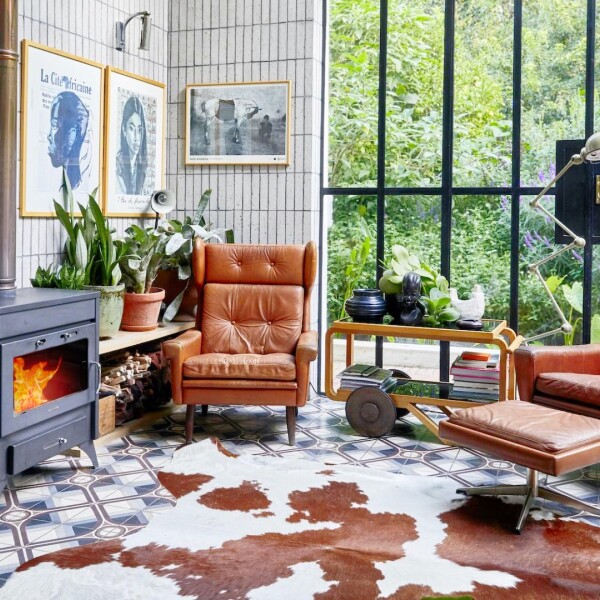
.jpg)
.jpg)
.jpeg)
.jpg)
